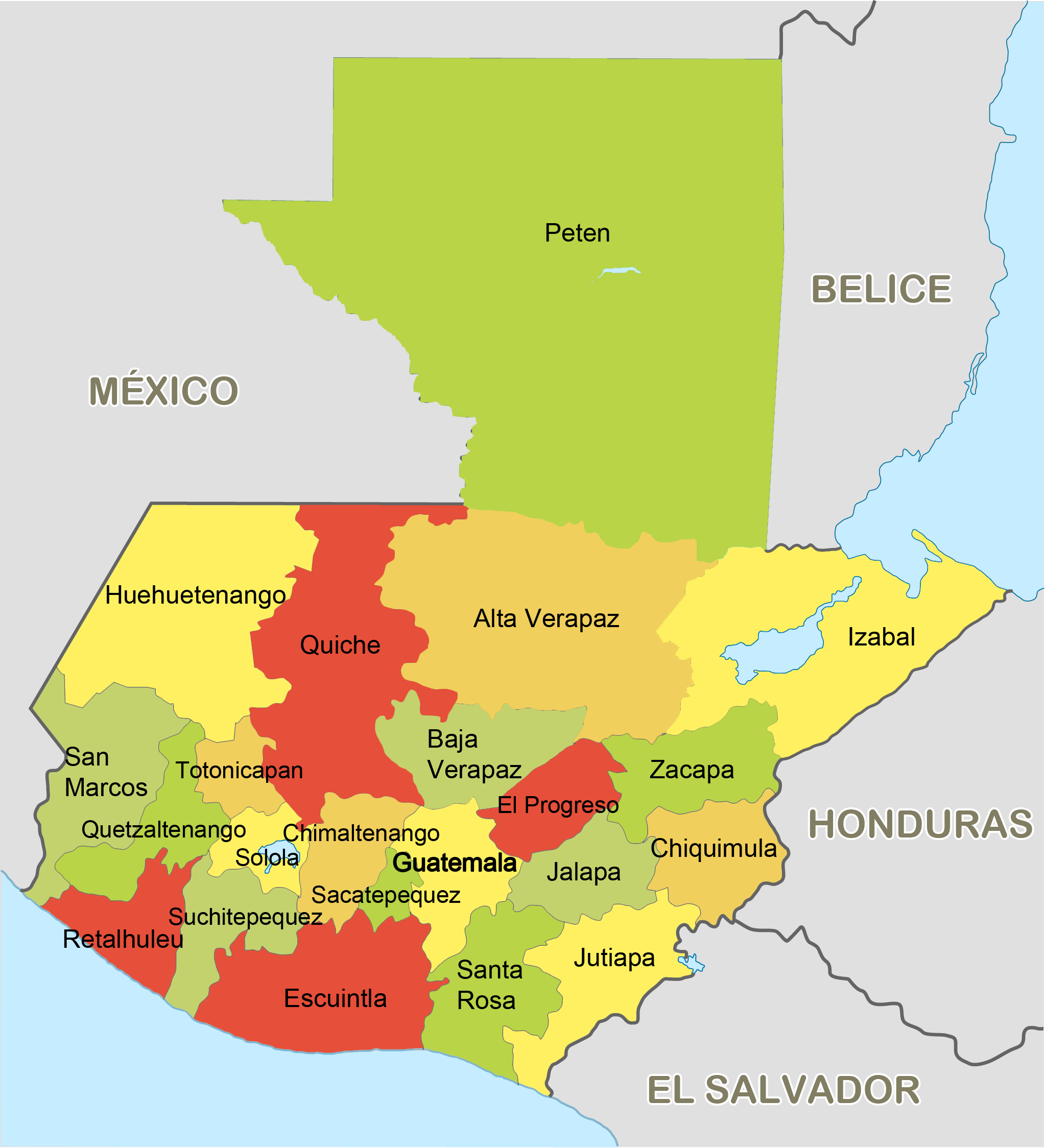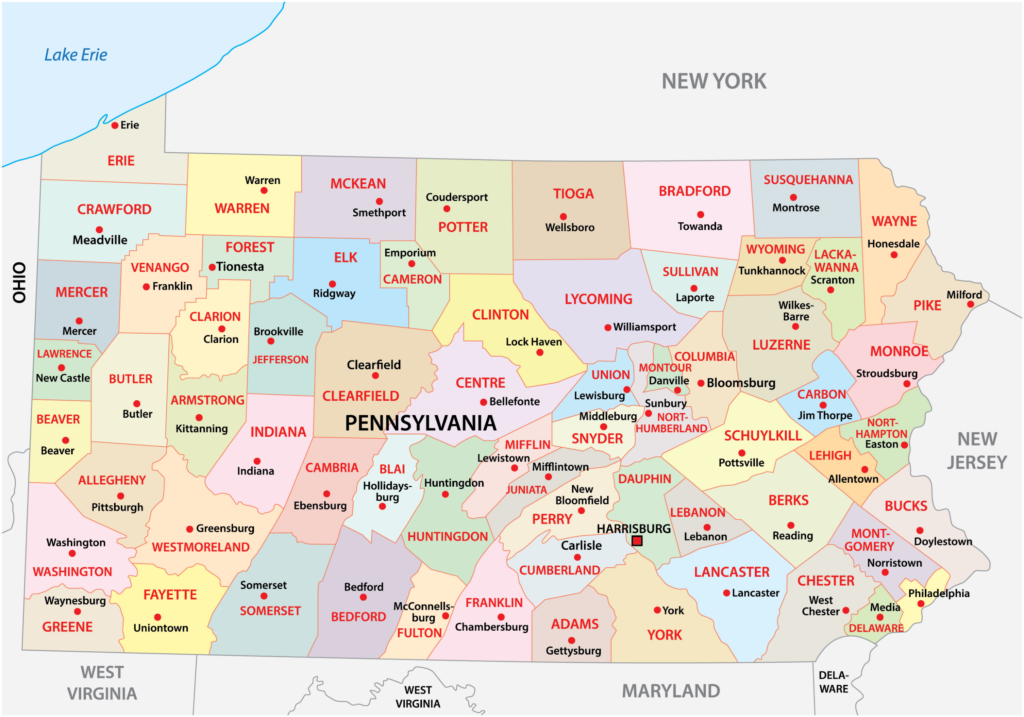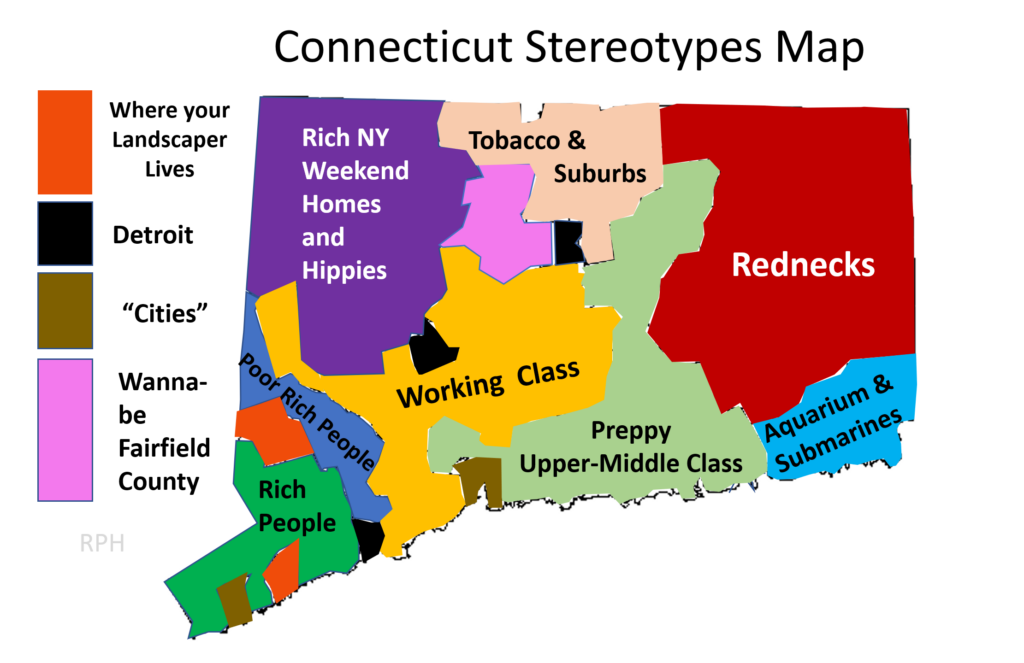Introduction to Guatemala
Guatemala, a country located in Central America, is known for its rich cultural heritage, diverse ecosystems, and historical significance. From ancient Mayan ruins to bustling modern cities, Guatemala offers a unique blend of past and present.
Geography of Guatemala
Guatemala is bordered by Mexico to the north and west, Belize and the Caribbean Sea to the northeast, Honduras to the east, El Salvador to the southeast, and the Pacific Ocean to the south. The country features a diverse landscape that includes mountains, volcanoes, rainforests, and coastal plains.
Topographical Features
Mountain Ranges
The Sierra Madre range runs from the northwest to the southeast, featuring several active volcanoes, including Volcán de Fuego and Volcán Pacaya.
Lowlands
The northern region, known as the Petén, is a vast lowland area covered by dense rainforests, home to significant Mayan archaeological sites.
Lakes and Rivers
Notable lakes include Lake Atitlán, surrounded by volcanoes, and Lake Izabal, the largest in Guatemala. Major rivers include the Motagua River and the Usumacinta River, which also forms part of the border with Mexico.
Regions and Major Cities
Regions
Guatemala is divided into 22 departments, each with its unique characteristics
- Guatemala Department: Home to the capital city, Guatemala City.
- Sacatepéquez: Known for the colonial city of Antigua Guatemala, a UNESCO World Heritage site.
- Petén: Famous for its extensive rainforests and ancient Mayan ruins, including Tikal.
Major Cities
- Guatemala City: The capital and largest city, it serves as the economic, cultural, and political center of the country.
- Antigua Guatemala: A well-preserved colonial city known for its Spanish Baroque-influenced architecture and vibrant cultural festivals.
- Quetzaltenango: Also known as Xela, it is an important commercial center and known for its educational institutions.
Historical Significance
Ancient Civilizations
Mayan Civilization
The Mayan civilization thrived in Guatemala from around 2000 BC to AD 1500. Major archaeological sites include Tikal, El Mirador, and Uaxactún.
Spanish Conquest
In the early 16th century, Spanish conquistadors, led by Pedro de Alvarado, conquered the region, leading to over 300 years of colonial rule.
Independence and Modern Era
Independence
Guatemala gained independence from Spain on September 15, 1821, as part of the Federal Republic of Central America. It became a fully independent republic in 1847.
Modern History
The country has experienced periods of political instability and civil war, particularly from the 1960s to the 1990s. Since the signing of the peace accords in 1996, Guatemala has made strides in economic development and political stability.
Economy and Industries
Guatemala’s economy is diverse, with agriculture, manufacturing, and services playing significant roles.
Key Industries
- Agriculture: Coffee, sugar, bananas, and vegetables are major exports. The country is also known for its production of cardamom.
- Manufacturing: Textiles, apparel, and food processing are key manufacturing sectors.
- Tourism: Guatemala’s rich history, natural beauty, and cultural festivals attract tourists from around the world.
Economic Challenges
- Poverty: Despite economic growth, poverty remains a significant issue, particularly in rural areas.
- Infrastructure: Improvements in infrastructure are needed to support continued economic development.
Cultural and Natural Attractions
Guatemala is a country rich in cultural heritage and natural beauty.
Cultural Landmarks
- Mayan Ruins: Tikal, located in the Petén region, is one of the most important archaeological sites of the Mayan civilization.
- Colonial Architecture: Antigua Guatemala is renowned for its well-preserved colonial architecture and cobblestone streets.
Natural Wonders
- Lakes and Volcanoes: Lake Atitlán, surrounded by volcanoes, is considered one of the most beautiful lakes in the world.
- Rainforests and Wildlife: The rainforests of Petén are home to a diverse range of wildlife, including jaguars, howler monkeys, and numerous bird species.
Fun and Interesting Facts
Mayan Calendar
The ancient Maya developed a complex calendar system that was more accurate than the Julian calendar used in Europe at the time.
Textiles
Guatemalan textiles, known for their vibrant colors and intricate patterns, are highly valued and often handmade using traditional techniques.
Festivals
The Semana Santa (Holy Week) celebrations in Antigua Guatemala are among the most spectacular in the world, featuring elaborate processions and carpets made of colored sawdust.
Maps of Guatemala
Maps are essential for understanding the geography and layout of Guatemala. Here are a few types of maps that provide different perspectives on the country:
Political Map
A political map of Guatemala shows the boundaries of its 22 departments and highlights major cities, including the capital, Guatemala City.
Physical Map
A physical map emphasizes the geographical features of Guatemala, including mountain ranges, rivers, and lakes.
Tourist Map
A tourist map highlights key attractions, such as archaeological sites, national parks, and cultural landmarks.
Frequently Asked Questions
What are 5 interesting facts about Guatemala?
Guatemala is home to Tikal, one of the largest and most important archaeological sites of the ancient Maya civilization. The country boasts 37 volcanoes, three of which are active: Pacaya, Fuego, and Santiaguito. Guatemala City is the largest city in Central America by population. The Guatemalan currency, the quetzal, is named after the national bird, which is also a symbol of liberty. The country has a rich tradition of textile production, with each region having its distinct patterns and colors.
What type of geography is Guatemala?
Guatemala features a diverse geography, including volcanic highlands, tropical lowlands, and extensive rainforests. The country’s varied landscape also includes mountain ranges, fertile plains, and numerous rivers and lakes.
When was the Guatemala map made?
The earliest known maps of Guatemala date back to the colonial period in the 16th century, created by Spanish explorers and cartographers. Modern mapping techniques have since provided detailed and accurate representations of the country’s geography.
What was Guatemala known for?
Guatemala is known for its rich Mayan heritage, including significant archaeological sites like Tikal and El Mirador. The country is also famous for its coffee production, vibrant textiles, and cultural festivals.
What is Guatemala’s main nickname?
Guatemala is often referred to as the “Land of Eternal Spring” due to its pleasant climate, particularly in the highland regions.
Why is it called Guatemala?
The name “Guatemala” is derived from the Nahuatl word “Quauhtlemallan,” which means “land of many trees,” reflecting the country’s lush forests and diverse ecosystems.
Why is Guatemala special?
Guatemala is special for its unique blend of ancient Mayan culture, colonial history, and natural beauty. The country’s landscapes, from volcanoes and lakes to rainforests, offer stunning scenery and biodiversity.
What kind of state is Guatemala?
Guatemala is a republic with a democratic form of government. It is characterized by its cultural diversity, with a significant indigenous population and a rich blend of traditions and customs.
What is the climate of Guatemala?
Guatemala’s climate varies by region and altitude. The highlands experience a temperate climate with cool temperatures, while the lowlands and coastal areas have a tropical climate with warmer temperatures and higher humidity.
What is the state tree of Guatemala?
The national tree of Guatemala is the Ceiba tree (Ceiba pentandra), which is revered in Mayan culture and symbolizes strength and resilience.
Conclusion
Guatemala is a country of remarkable contrasts and rich heritage. From its ancient Mayan ruins and colonial architecture to its diverse ecosystems and vibrant cultures, Guatemala offers a wealth of experiences for visitors and residents alike. This comprehensive guide provides an overview of the key aspects of Guatemala, showcasing its unique place in Central America and the world. Whether you are exploring its historical sites, enjoying its natural beauty, or immersing yourself in its cultural traditions, Guatemala is a destination that promises to captivate and inspire.
- Is England Part of Europe? - July 2, 2024
- Guatemala Maps & Facts - June 29, 2024
- Ghana Maps & Facts - June 28, 2024





